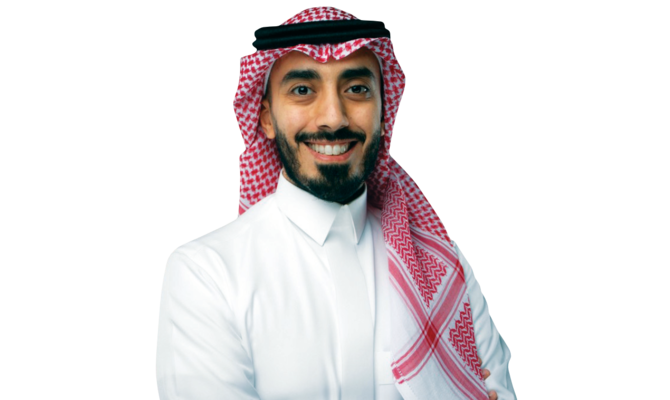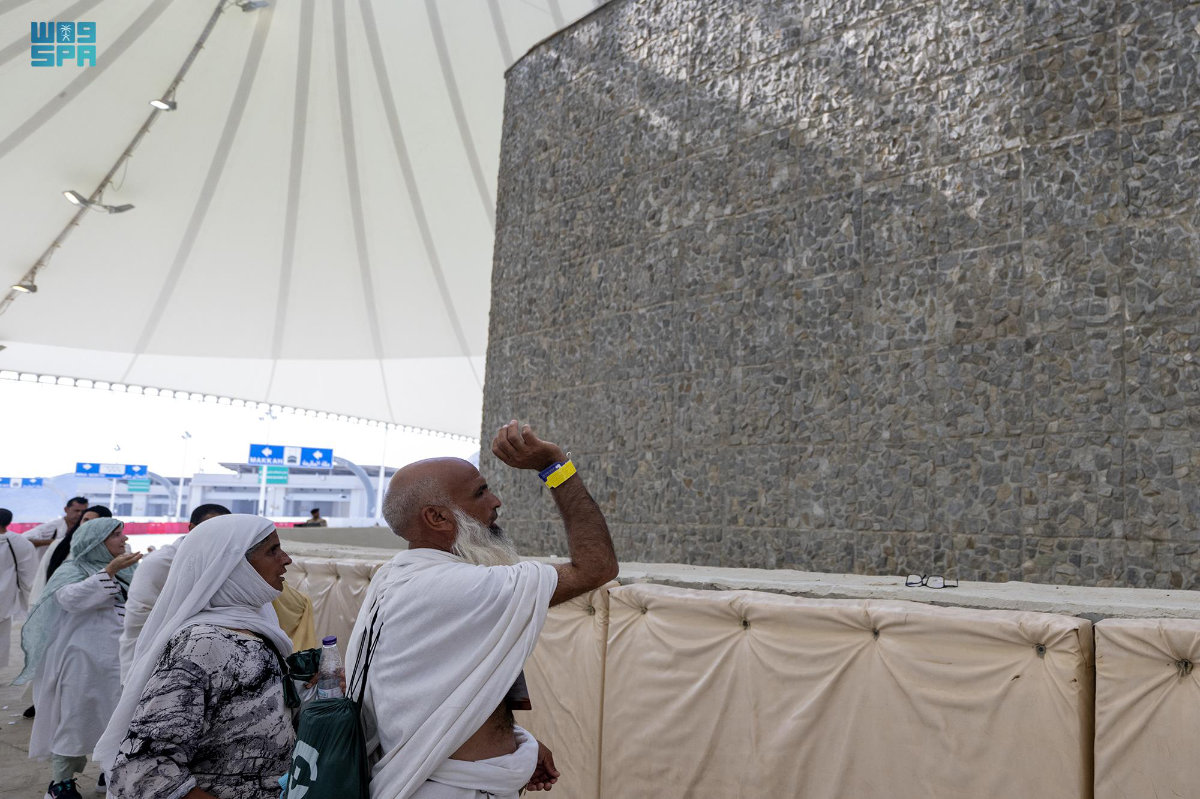Abdulaziz Alzamil is the director of talent acquisition and organization development at the Soudah Development Co. owned by the Public Investment Fund.
His role includes overseeing design and implementation of the company structure and talent acquisition function in line with the company’s objectives. He is involved in supporting the development and implementation of HR initiatives and functions while implementing global best practices for sustainable growth.
Before joining PIF, Alzamil was director of strategic workforce planning and HR transformation for the public sector at the Ministry of Human Resources and Social Development in Riyadh.
Alzamil played a major part in enhancing government effectiveness and increasing the performance of public sector employees as part of Saudi Arabia’s Vision 2030 through developing procedures that included top-down analysis, workforce planning, and workload analysis for all ministerial and non-ministerial entities.
He also helped in developing benchmark comparisons with the public sectors around the world and designed an HR maturity assessment to provide superior employee experiences.
Alzamil has held several leadership roles in designing and implementing recruiting strategies in telecom and IT companies such as Nokia, Jawwy, and Mobily.
He also worked as a research assistant at California State University, San Bernardino, in the US. His area of focus mainly involved an integrative emotional intelligence model, the development of social-emotional competence assessment, and coaching competence. His research article was published in a peer-reviewed journal in the US.
He gained a bachelor’s degree in English language and literature from Imam Mohammad bin Saud Islamic University in Riyadh in 2009 and a master’s degree in business administration from California State University, San Bernardino in 2014.
Alzamil holds a CIPD Level 7 certification and has attended many training courses, including strategic workforce planning from the Leoron Institute in Dubai, and international organizations management from the University of Geneva.































